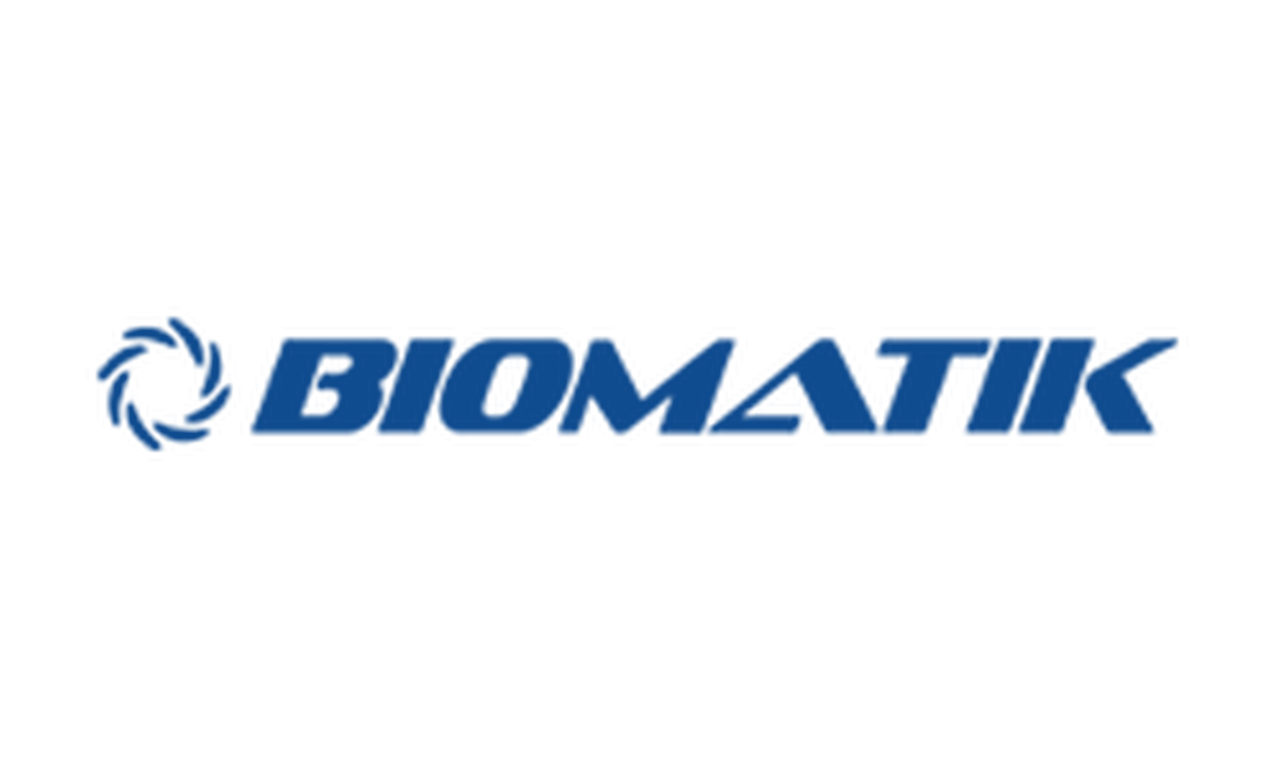Product Description
Recombinant Human Tumor necrosis factor receptor superfamily member 9 (TNFRSF9), partial (Active) is available at Gentaur for Next week Delivery.
Gene Name: TNFRSF9
Alternative Names : CD137; ILA; TNFRSF9; 4-1BB ligand receptor; CDw137; T-cell antigen 4-1BB homolog; T-cell antigen ILA
Expression Region : 24-186aa
AA Sequence : LQDPCSNCPAGTFCDNNRNQICSPCPPNSFSSAGGQRTCDICRQCKGVFRTRKECSSTSNAECDCTPGFHCLGAGCSMCEQDCKQGQELTKKGCKDCCFGTFNDQKRGICRPWTNCSLDGKSVLVNGTKERDVVCGPSPADLSPGASSVTPPAPAREPGHSPQ
Sequence Info : Extracellular Domain
Tag Info : C-terminal FC-tagged
Theoretical MW : 44.2 kDa
Storage Buffer : Lyophilized from a 0.2 ?m filtered 1xPBS, pH 7.4
Endotoxin Level : Less than 1.0 EU/µg as determined by LAL method.-
Biological Activity : The ED50 as determined by its ability to bind Human TNFSF9 in functional ELISA is less than 20 ug/ml.
Storage : Short term: -20°C; Long term: -80°C. Minimize freeze and thaw cycles.
Research Area : Cancer
Restriction : For Research Use Only. Not for use in diagnostic procedures, drug use, or for administration to humans or animals.
Relevance : Tumor necrosis factor receptor superfamily member 9(TNFRSF9), also known as CD137 and 4-1BB, is an inducible T cell surface protein belonging to the tumor necrosis factor receptor superfamily. It is a single-pass type I membrane protein which contains 4 TNFR-Cys repeats. The human and mouse proteins share 60% amino acid sequence identity. CD137 is expressed by mesenchymal cells, including endothelial cells, chondrocytes, and cells of the central nervous system. CD137 is also broadly expressed by cells of the human immune system, is broadly expressed by cells of the human immune system, including activated CD8+ and CD4+ T cells, activated natural killer (NK) cells, follicular dendritic cells (FDCs) and monocytes. CD137 has diverse roles in the immune response, the one key function is to promote the survival of both T cells and dendritic cells by binding the cognate ligand CD137L (4-1BBL).
Function : Receptor for TNFSF9/4-1BBL. Possibly active during T cell activation.
Involvement in disease :
Subcellular location : Membrane, Single-pass type I membrane protein
Protein Families :
Tissue Specificity : Expressed on the surface of activated T-cells.
Paythway :
Uniprot ID : Q07011
 Euro
Euro
 British Pound
British Pound
 US Dollar
US Dollar








